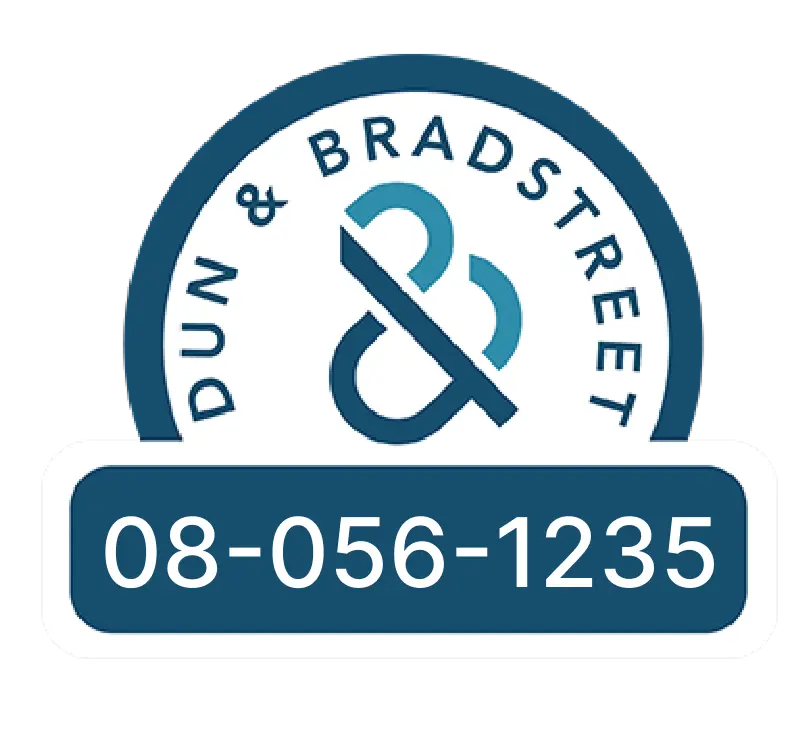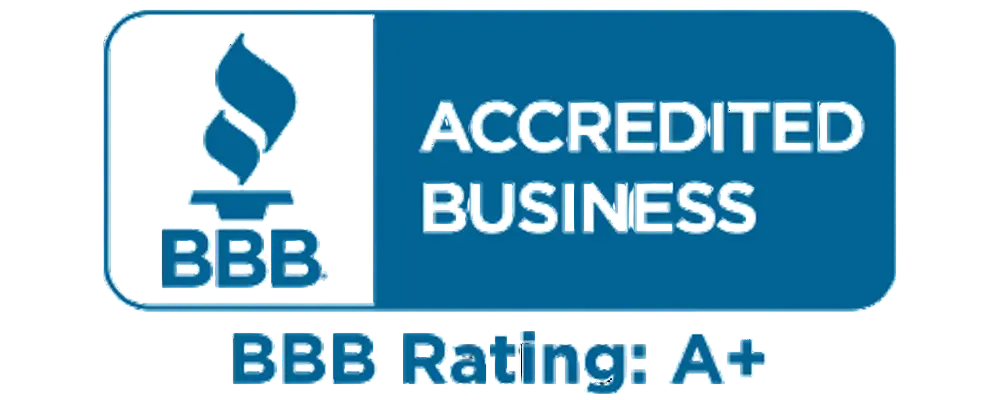Download free PDF
Hair Removal Wax Market Size - By Product, By Ingredient, By Skin Type, By Application, By Price, By End Use, By Distribution Channel, Forecast 2025 – 2034
Report ID: GMI9177
|
Published Date: February 2025
|
Report Format: PDF
Download Free PDF
Authors: Avinash Singh, Sunita Singh



Premium Report Details
Base Year: 2024
Companies covered: 20
Tables & Figures: 299
Countries covered: 23
Pages: 370
Download Free PDF

Hair Removal Wax Market
Get a free sample of this report
Get a free sample of this report Hair Removal Wax Market
Is your requirement urgent? Please give us your business email
for a speedy delivery!





Hair Removal Wax Market Size
The global hair removal wax market was valued at over USD 11.5 billion in 2024. The market is expected to grow from USD 12.3 billion in 2025 to USD 21.9 billion in 2034 at a CAGR of 6.7%.
Driven by evolving beauty standards, rising disposable incomes, and technological advancements, the hair removal wax market is experiencing robust growth. According to the U.S. Bureau of Labor Statistics, the global personal care market, which includes hair removal products, is projected to grow at a compound annual growth rate (CAGR) of 5.5% during the forecast period of 2024-2029. As consumers increasingly seek efficient and long-lasting hair removal solutions, the demand for waxing products remains strong.
The hair removal wax market boasts a diverse range of offerings, from traditional hot wax to modern formulations like cold wax strips and sugar wax, catering to varied skin types and preferences. The growing popularity of home-based waxing kits, emphasizing convenience and affordability, has further propelled the market's expansion. According to a report by the International Trade Administration, the global beauty and personal care market reached USD 500 billion in 2023, with hair removal products accounting for a significant share.
Social media's influence and changing beauty standards have heightened the focus on personal grooming, prompting many to pursue effective hair removal methods. The convenience and cost-effectiveness of at-home waxing, both for hair removal and exfoliation, have driven its rising popularity, bolstering the demand for related products and kits. Globally, the burgeoning culture of salons and spas has significantly fueled market growth, with many consumers opting for professional waxing services for enhanced results and a touch of luxury.
According to the Professional Beauty Association, the salon and spa industry in the United States alone generated over USD 60 billion in revenue in 2023, with waxing services contributing substantially. Additionally, as disposable incomes rise and lifestyles evolve, consumers are increasingly dedicating resources to grooming, often choosing premium waxing products or salon services. Data from the World Bank indicates that global disposable income per capita has been steadily increasing, further enabling consumers to invest in personal care products and services.
Shaving, depilatories, and laser treatments provide fierce competition, making this market very difficult to penetrate. Each of these options comes with varying levels of convenience, effectiveness, and pain mitigation, which continuously endanger the place which the waxing industry has claimed as theirs. Furthermore, the pain, discomfort, and skin irritation that comes with waxing is still a concern for a considerable number of customers. Even as new waxing products are developed and methods of application improved to aid in discomfort, some people still feel that the process is unpleasant, or the pain is too much, and so to avoid this, they steer clear of waxing products completely.
Hair Removal Wax Market Trends
The waxing industry is experiencing significant growth, driven by the increasing adoption of remote work and hectic schedules. According to the U.S. Bureau of Labor Statistics, remote work has surged by over 30% since 2020, contributing to a rise in at-home beauty practices. This shift has led to greater consumer comfort with DIY waxing techniques. A report by the American Academy of Dermatology highlights that 60% of individuals now prefer at-home hair removal solutions due to convenience and cost-effectiveness.
Manufacturers such as GiGi and Sally Hansen, along with brands like Honey Pot Co and Tree Hut, are capitalizing on this trend by introducing specialized hair removal waxing packages. These packages often include wax, coconut oil, and other natural ingredients, catering to the growing demand for eco-friendly and skin-friendly products. The National Institute of Health (NIH) has noted a 25% increase in consumer preference for natural and organic beauty products in the last five years, further driving innovation in this market.
Additionally, the global waxing market is projected to grow at a compound annual growth rate (CAGR) of 7.5% during the forecast period of 2024-2029, as reported by the International Trade Administration (ITA). This growth is fueled by advancements in product formulations and the increasing availability of DIY waxing kits across e-commerce platforms. The U.S. Census Bureau also indicates that online sales of personal care products, including waxing kits, have risen by 20% annually since 2021, underscoring the shift toward digital retail channels.
Hair Removal Wax Market Analysis
Based on the product, the hair removal wax market is segmented into soft wax which includes variants such as warm soft wax, cold soft wax, pre-made wax strips, chocolate wax, as well as hard wax variations like warm hard wax, fruit wax, sugar wax, and chocolate wax. The soft wax segment held a market of USD 6 billion in 2024 and is expected to reach USD 11.3 billion by 2034 at a CAGR of 6.6%. This segment's supremacy is attributed to several factors, including its versatility, ease of use, and widespread availability across both professional salons and retail outlets.
Furthermore, the affordability and convenience offered by soft wax products, particularly pre-made wax strips, have contributed significantly to their popularity among consumers. As a result, the soft wax segment is projected to continue its robust growth trajectory, with revenue expected to reach USD 10.1 billion by 2032, driven by sustained consumer demand and ongoing product innovations aimed at enhancing efficacy and user experience.
Based on ingredient, the hair removal wax market is divided into organic and synthetic. Among these, the synthetic segment emerges as the dominant player, capturing a substantial market share of 84.2%. This segment is projected to maintain its lead, anticipated to reach a value of USD 17.9 billion by 2034. Synthetic waxes have become a favorite among many manufacturers because they vantage products with low risks of spoilage.
Organic waxes usually have a reduced shelf life and stability which means they offer less value to the manufacturers. Besides, synthetic waxes are much easier to produce which lowers the overall cost. At the same time, new formulas can be designed which helps smooth application and stronger adhesion while removing hair. This not only increases consumer satisfaction but also creates added value for producers thus expanding the complementors to the market.
U.S. held a hair removal wax market of USD 2.4 billion in 2024 and is expected to reach USD 4.5 billion in 2034 growing at a CAGR of 6.8%. The region's vast population, particularly in countries like China and India, presents a substantial consumer base with diverse grooming needs. This populous demographic, coupled with rising disposable incomes and evolving beauty standards, drives significant demand for hair removal products and services.
Additionally, cultural factors play a crucial role, with grooming practices deeply ingrained in many Asian societies, leading to a higher adoption of hair removal rituals. Furthermore, the growing influence of Western beauty standards and the proliferation of social media contribute to increased awareness and demand for waxing products among consumers in the region. Moreover, the presence of a thriving beauty and salon industry in countries like South Korea and Japan further fuels market growth, with a plethora of waxing services catering to diverse preferences.
Country level analysis
Hair Removal Market Share
Hair Removal Wax Market Share
Major players operating in the hair removal wax industry include:
The key players operating in the market are Church & Dwight Co., Reckitt Benckiser Group PLC, Sally Hansen Inc., Gigi all together comprises a market share of 25 - 30% in 2023. Numerous players exist across various product categories: waxing, shaving, creams, laser hair removal devices/clinics. Within each category, there's a mix of large multinational corporations, established regional brands, and niche players targeting specific consumer segments
Hair Removal Wax Industry News
The hair removal wax market research report includes in-depth coverage of the industry, with estimates & forecast in terms of revenue (USD Million) and volume (Thousand units) from 2021 to 2032, for the following segments:
Click here to Buy Section of this Report
Market, By Product
Market, By Ingredient
Market, By Skin Type
Market, By Application
Market, By Price
Market, By End Use
Market, By Distribution channel
The above information is provided for the following regions and countries: